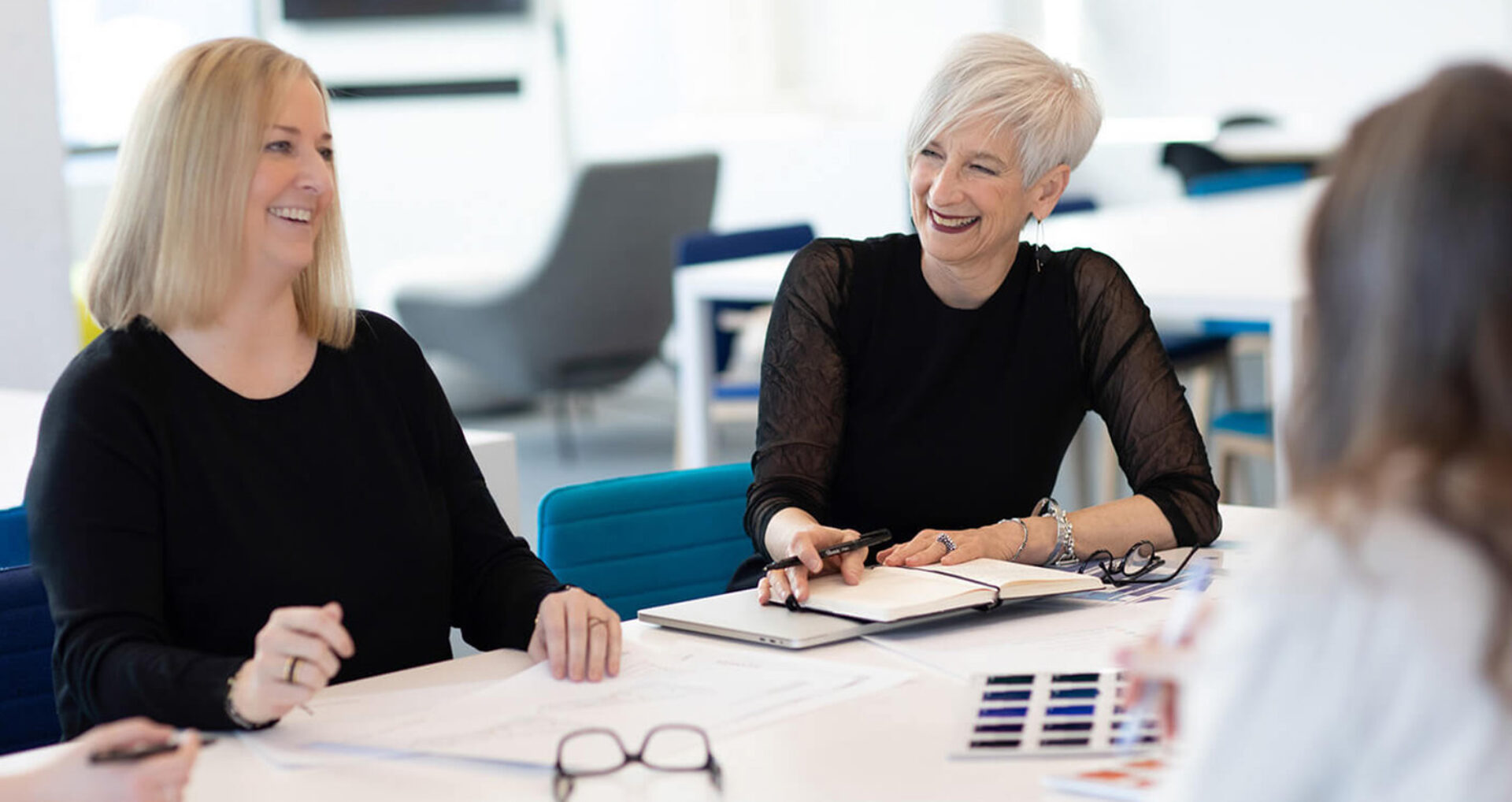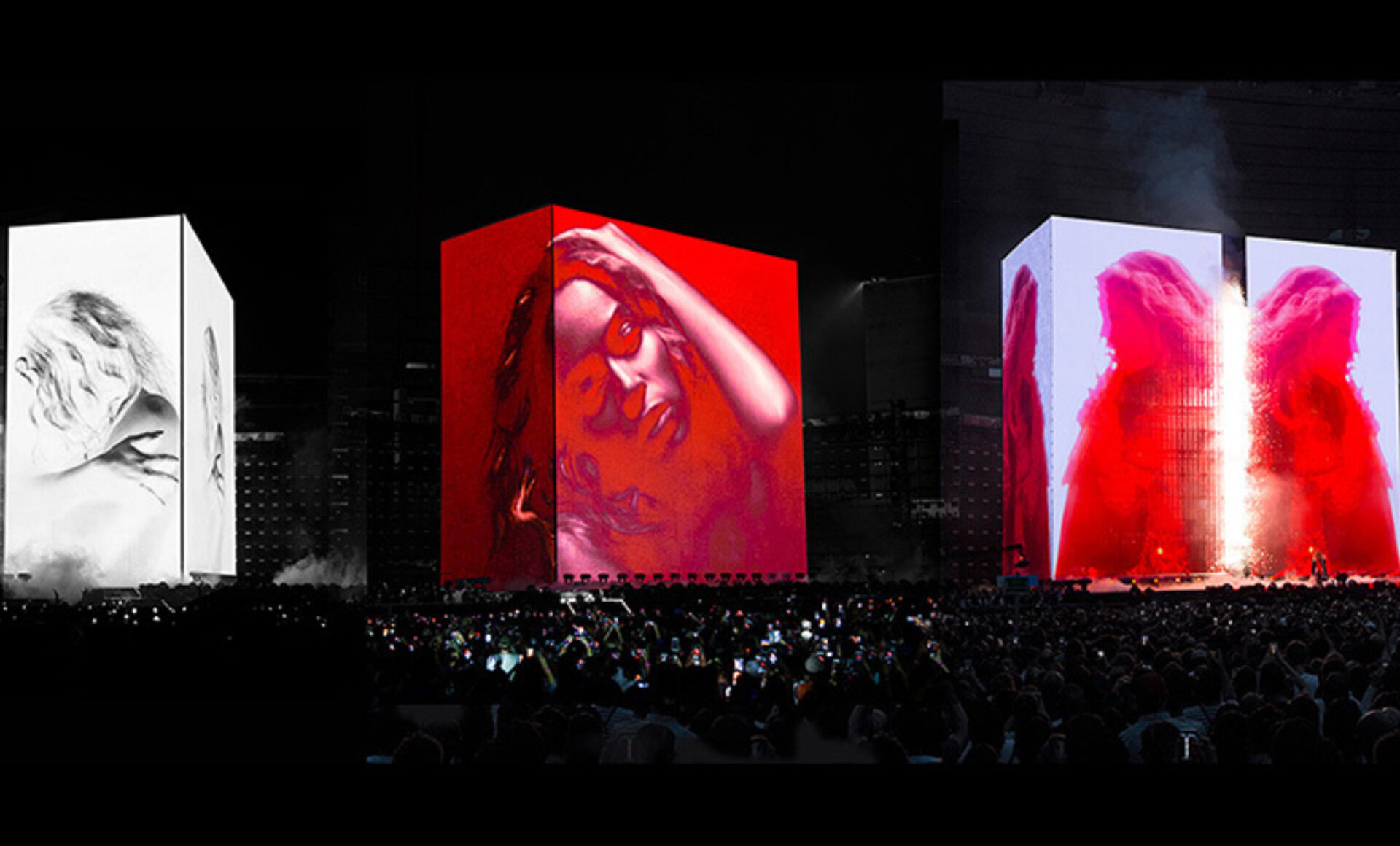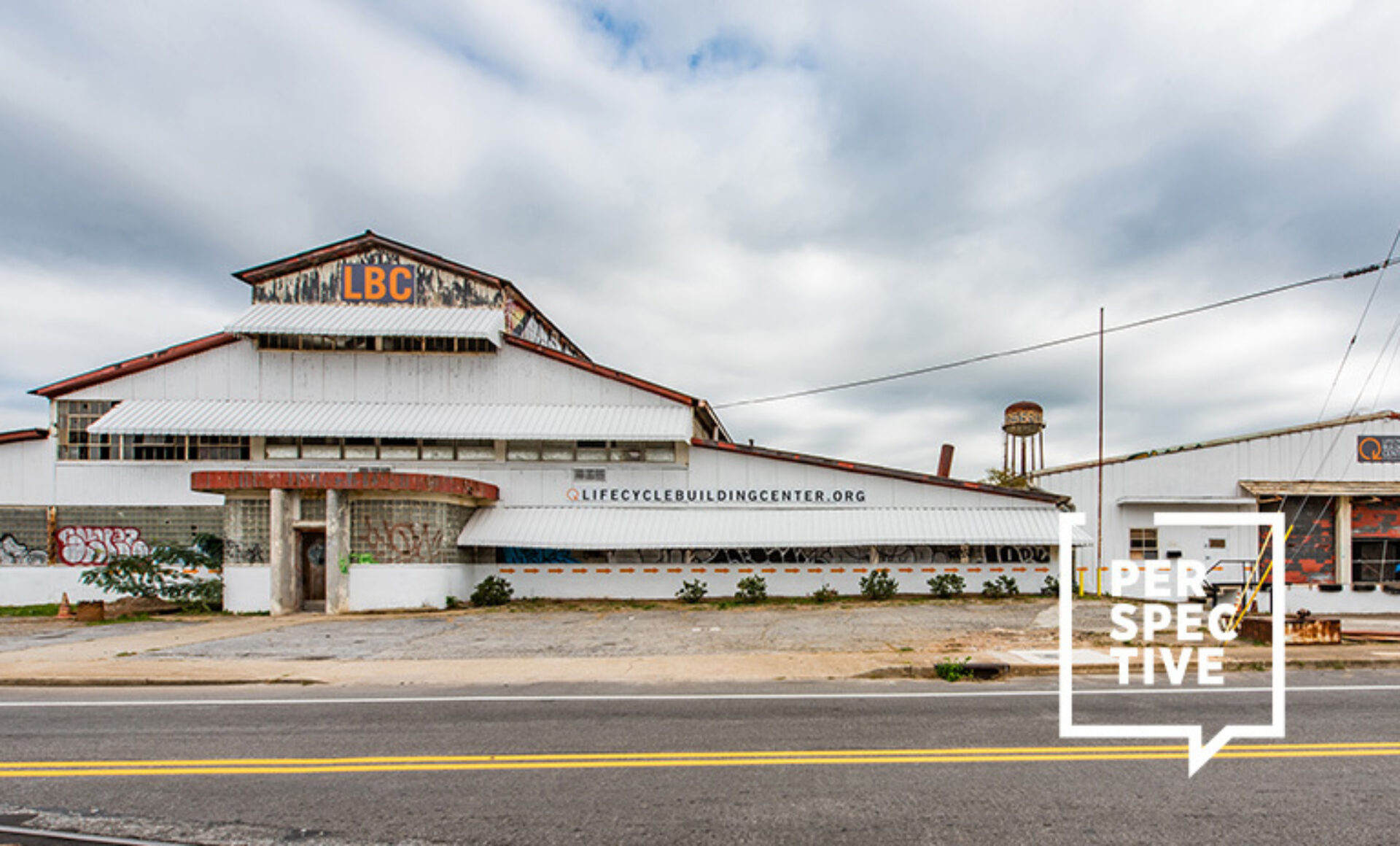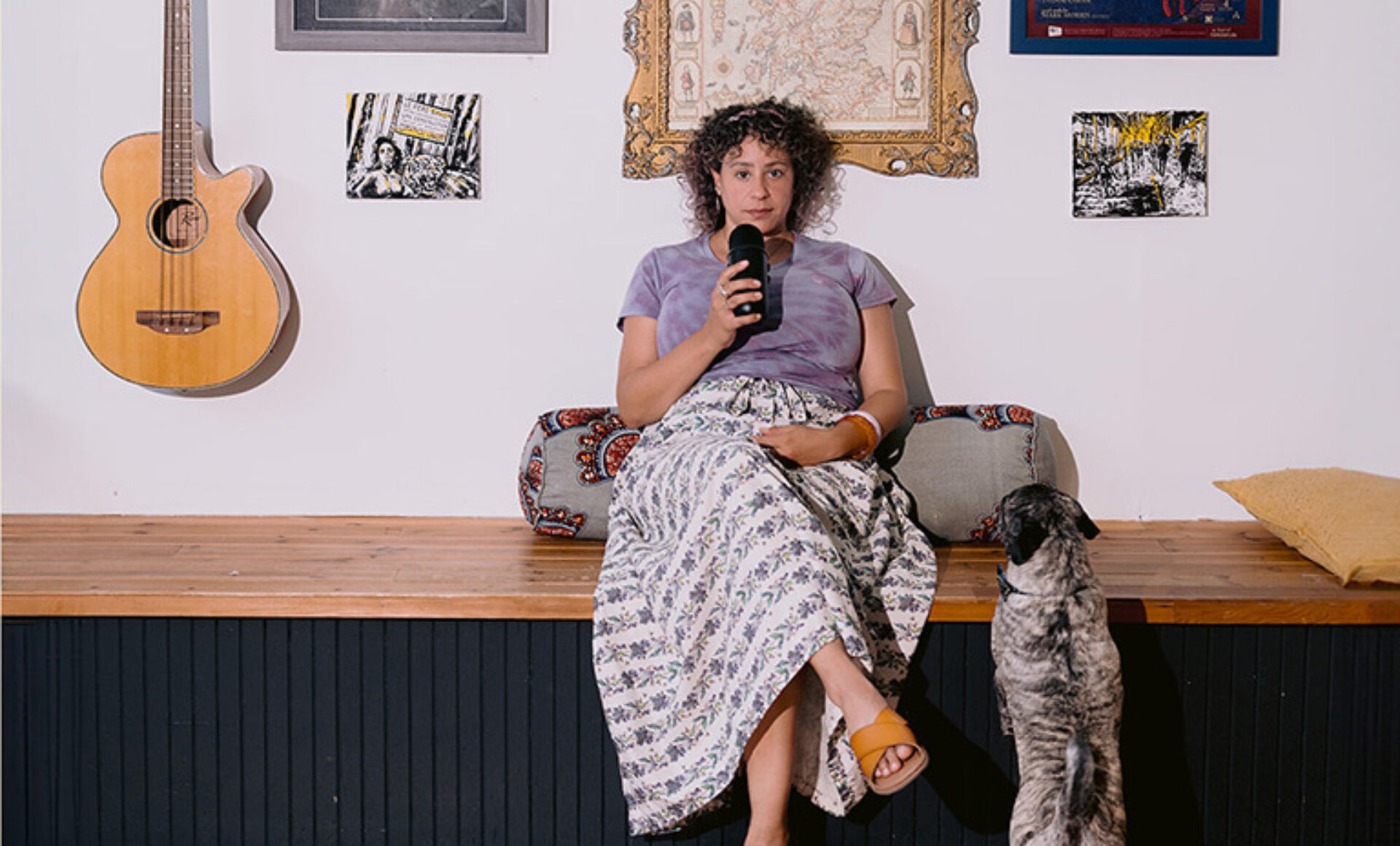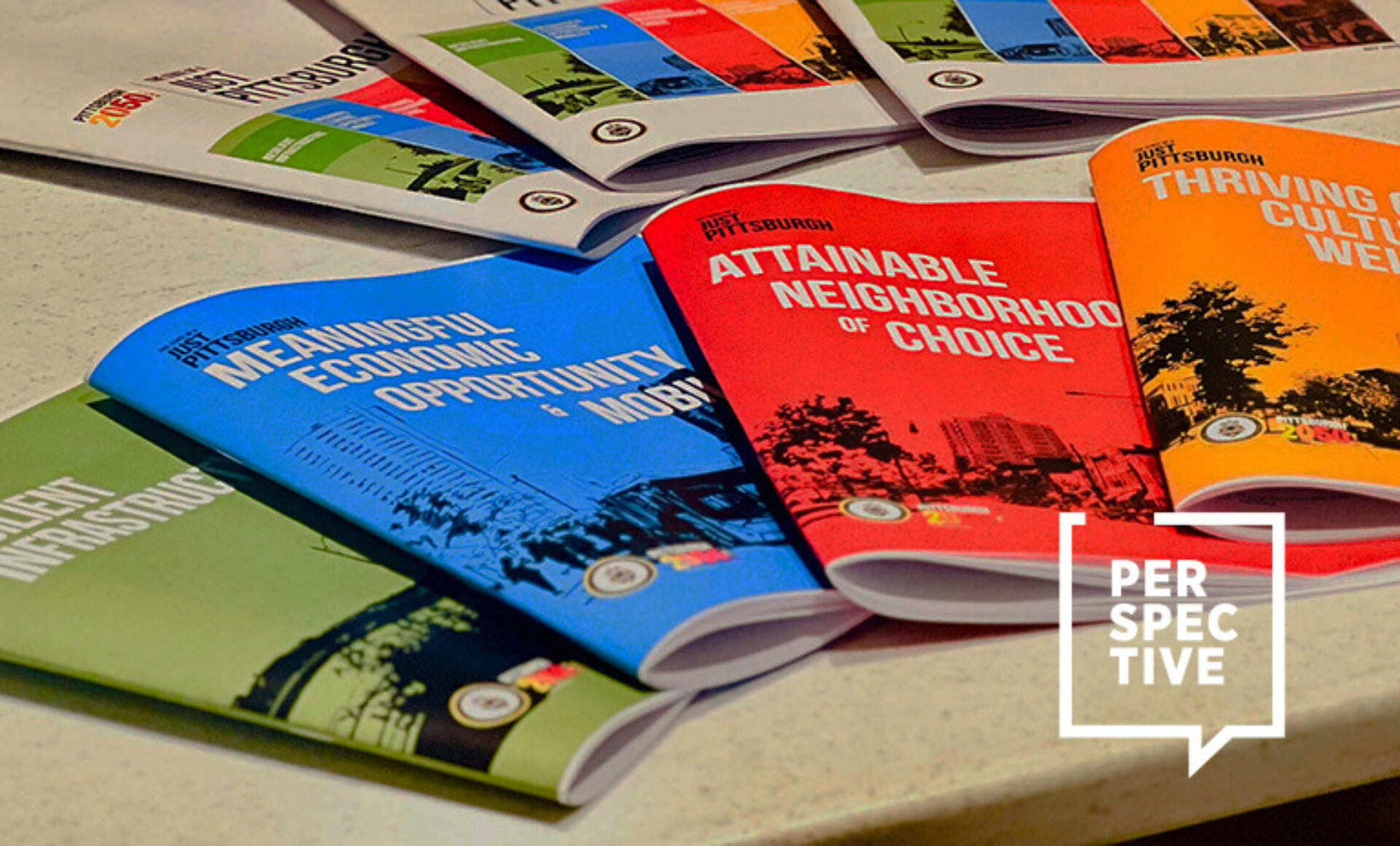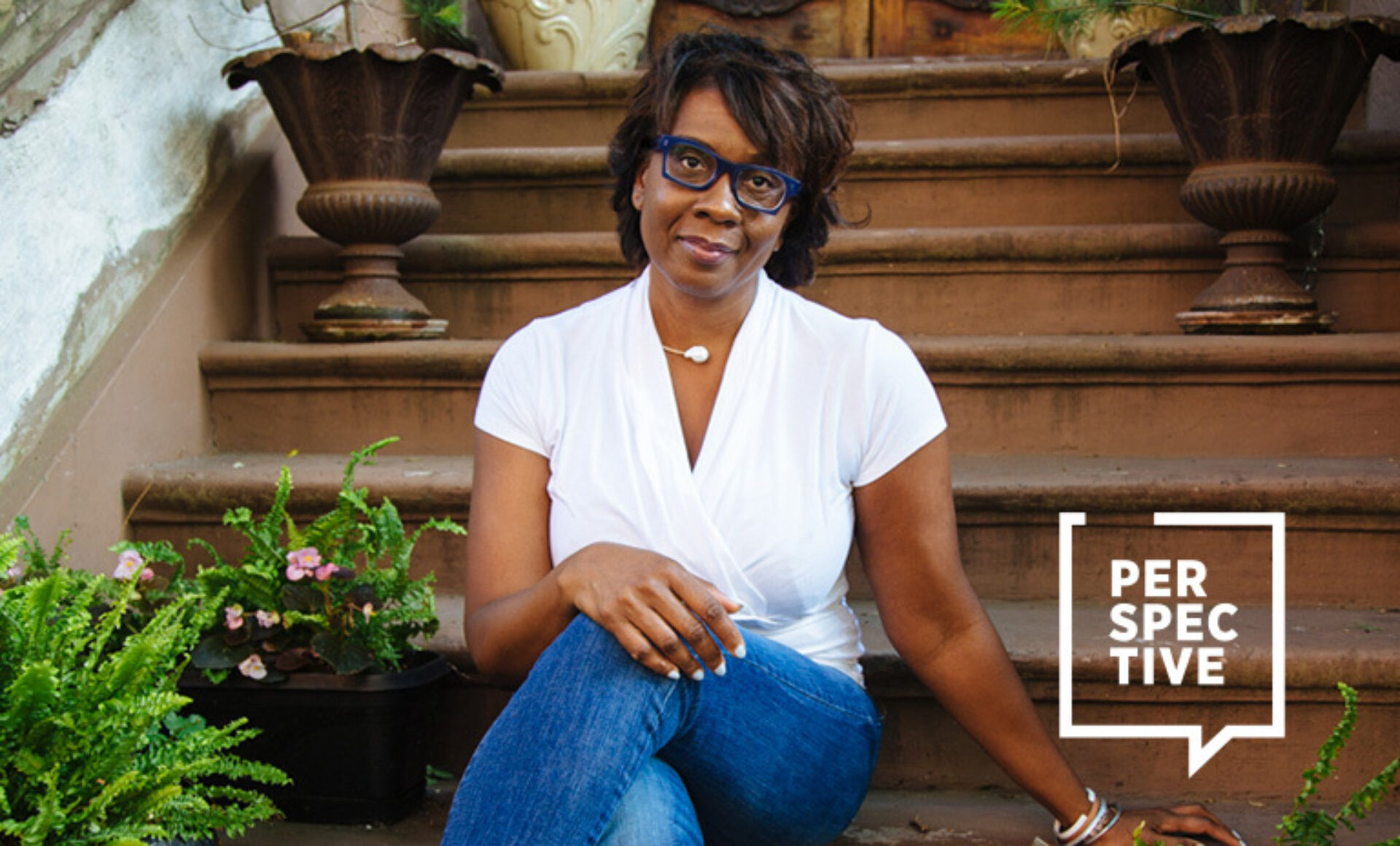(Above Image: Eileen Jones, FIIDA Perkins&Will retire. Photo Credit: Randall Starr)
Design has always been ever-changing and malleable, influenced by shifting technologies, innovations, and the way that we interact with the world around us. Seasoned and emerging designers see the world through different lenses but have the same goal: To create for people, place, and experience. We talked with designers from two different generations where they discussed the evolution of design, what current design tools are being used and the value of sharing knowledge, inspiration, and resources with one another.
During her 45-year career, Eileen Jones, FIIDA, has seen design evolve in many ways over the years from the impact of digital interfaces to technological advancements. Recently retired from Perkins&Will as design principal and global practice leader for branded environments, throughout her career she learned the importance of understanding how the tools designers use help build the world around you. She also developed a passion for mentoring and passing knowledge on to the next generation of designers.
Cortney Backes, an associate and strategist at Perkins&Will is among the designers Jones has connected with to continue to advance and grow the design profession through mentorship. In her six years of experience, Backes has explored her favorite parts of the design process by engaging in the early discovery and analysis phases, leading into concept development. Backes offers a different approach to the design process working with today's current technological tools. Using the resources around her, Backes builds connections, offers and receives input from designers with different levels of experience that continue to grow her network.
Jones and Backes both lean on the importance of learning from each other and understanding that as the world continues to evolve we must evolve with it.
How have you seen design evolve throughout your career? What's new and what's stayed the same?
Eileen Jones: As a young designer starting out in the late 70’s, my tools included drafting boards, a T-square, architect’s scale, and many more that today’s mostly digital world has made obsolete in favor of an even broader toolkit of resources, software, and applications. More complexity, more ways to pursue and explore possibilities. But even with the forward march of technology, the process of design remains much the same. Idea generation is foundational to the process of creativity and innovation—the process still revolves around research and discovery, brain-storming, concept ideation and development, phases of design and documentation. The tools we use to arrive at our solutions may be different, but the process by which we achieve them remains much the same.

IIDA Illinois Chapter
During my career, the work of our profession has expanded, grown, matured, and diversified. I started in a small boutique practice that focused on corporate office environments and specialty retail. We then expanded to showroom design, healthcare, K-12 and higher education, cultural institutions, government facilities, transit, urban environments, and digital space. Interior designers have evolved to be story-tellers and place-makers, and with greater access to technology-enabled information, new material development, and sustainable ecosystems of products and systems, comes a wider set of possibilities. Our work as designers has become more complex but also more informed - an on-going evolution in support of people, place, and experience.

(Above Image: Eileen Jones attends her retirement dinner, with colleagues, clients, and friends. Image courtesy of Eileen Jones)
What new tools are designers using to enhance the design process?
Cortney Backes: There are so many programs and tools out there to help enhance the design process—starting with visioning and conceptual design, Miro is a favorite to drop ideas and imagery quickly into a cloud-based collaborative whiteboard. It’s also a great place to storyboard presentations and organize thoughts.
I’d be remiss if I didn’t call out AI as another useful resource, and if used correctly, can be a time saver. Assistance in rapid visualization and automating repetitive tasks can help expedite things that used to take quite a while. And on the extreme opposite end of the spectrum, some great up-and-coming designers are going back to their roots and sketching more. This isn’t without a layer of tech-savviness —a touch-pad and stylus, combined with a sketching app are usually in hand. Of course, with all this being said, I am lucky to work with talented people of all experience levels, and you’ll find that many seasoned designers are using these tools right alongside the newer designers.

Associate and Strategist
Perkins&Will
Why is it important for seasoned and emerging designers to collaborate, learn, and advocate from and for each other?
EJ: Diverse points of view lead to new ideas and different problem-solving methods. While a more-seasoned designer may have the knowledge of experience and a more worldly view, an emerging designer may be less encumbered by notions of what can and can’t be done and bring a new tool set to problem-solving. For each to acknowledge what they do and don’t know, helps build trust and growth for everyone. Everyone learns something to advance the work at hand. But advocacy is also an important part of both team-building and ensuring future strength in our profession. To advocate for someone with big potential but less experience, who has good ideas and skills, has great design potential, is to acknowledge their contributions and invest in the future of their growth, and also the growth of our profession. Advocate, nurture, collaborate, learn, grow, and let others do the same.
CB: Everyone at all levels has their own value to bring to the table. Seasoned designers have a wealth of lessons learned, world experiences, and knowledge that can only be gained through years of practice. Having them as mentors to guide emerging designers through the process, refine ideas, and coach through client presentations are key to growth. Going the other direction, less seasoned designers provide value through fresh ideas and perspectives. Sometimes asking questions, like “can I try doing it this way?” ends up sparking a new idea or more efficient process. Advocating in both directions is important to building strong relationships and trust within teams.

How do you stay up to date on new trends and new ways of thinking about the design process?
EJ: I subscribe to the idea that design is both an art and a science. As such, there is nothing I exclude as a potential source of inspiration. Looking beyond our own profession helps us evaluate how others do things and the successes they have with aligned or different processes. Therefore, I advocate that as designers we should connect with the world around us and explore film, theater, books, fashion, outer space, geo-politics, world cultures, nature, science, and technology.
As designers, we should be thinking beyond trends, forging our own path, reinventing our processes, and becoming the trend setters for others to follow.
Eileen Jones, FIIDA
CB: Through reading and research you can consume articles about what is going on in whatever industry you work in. I spend a lot of time in the world of the workplace, so Leesman, Forbes, and publishing's by our friends in the real estate world are typically high on my list. Learning from others — especially those who come from a different place than yourself! People from different cultural backgrounds, those that work in different cities, seasoned design experts, such as Eileen, people from outside of your design firm, reps, and even those who are not in the design world.
Good design is for everyone, so our inputs to inform the future should also be from everyone!
Cortney Backes, Perkins&Will
One of the most important things we do during the design process is talk to and learn from clients and end users. Functionality and meeting the needs of the user is a crucial piece of the puzzle when starting the design process, and I believe it tends to produce the most successful and timeless work.
How do you see technology shaping the future of design—and how will it be able to shape communities?
EJ: At the outset of a new technology, we never really know how it will impact us. But, when used in ways that advance creative processes for the greater good of the profession or for society, it can have significant benefits. Here are some of the things that I hope will help shape new ways of thinking, designing, growing, expanding possibilities: AI and machine learning, computational design, augmented reality, generative design, and biodesign.
CB: One of the biggest gifts that technology has given us is the ability to connect and communicate. We are seeing it live through cross-collaboration between different offices in different cities, giving more people opportunities to learn from others in different regions. The world of research, which directly impacts both design and communities, has been evolving through technology as well. Being able to access data quickly and efficiently is key in keeping up with what is going on around us. This helps us better understand and identify needs in communities, therefore giving us more accurate problem statements to begin to solve for, through design.
As design continues to evolve, designers will continue to grow and expand their design process learning from the world around them and each other. Through mentorship, networking, and resources we can help propel the next generations of designers into the future while leaning on the knowledge of their predecessors.
Visit the table of contents for more Perspective: Next Wave
